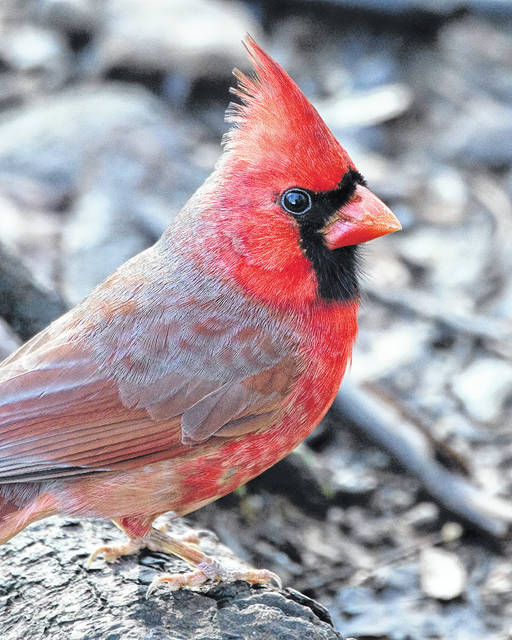
COLUMBUS – The Ohio Department of Natural Resources (ODNR) Division of Wildlife is reminding Ohioans that recycled, live-cut Christmas trees can create shelter for Ohio wildlife including fish, birds, small mammals and more.
Recycled live-cut Christmas trees make great habitat for fish structure, on both public and private waterways. Christmas trees are gathered by Division of Wildlife fisheries staff from recycling and drop-off programs for use as fish habitat. Trees are bundled together and weighted down so they sink to the lake’s bottom. Many species are attracted to this newly created habitat, including crappie, bluegill, and other panfish, as well as largemouth bass and saugeye.
This winter, Christmas trees are scheduled to be placed at Appalachian Hills Wildlife Area in Morgan, Muskingum, and Noble counties, West Branch Reservoir (Michael J. Kirwan Reservoir) in Portage County, and LaDue Reservoir in Geauga County. Coordinates where the trees are placed are recorded for these sites and the information is uploaded to the interactive lake map at wildohio.gov.
A live-cut Christmas tree can also be recycled as the centerpiece of a wildlife-friendly brush pile. Place the tree in a desired location and stack limbs around it in a square arrangement, layering more brush until a desired height is reached. Cover the top with additional brush to create a unique and valuable shelter for small animals.
Songbirds, including northern cardinals, chickadees, titmice, and nuthatches, travel in and out of brush piles for food, nesting, and to escape predators. Small mammals, including cottontail rabbits and chipmunks, also use brush piles for shelter and raising young.
Before disposing of a live-cut Christmas tree, remember to remove all trimmings including tinsel, garland, lights, and ornaments as these can be harmful to the environment and wildlife. Be sure to have proper permission before discarding your tree on public or private property. Discarding trees without permission could result in a litter violation.


